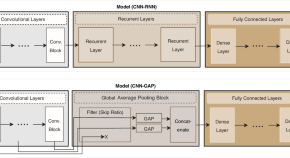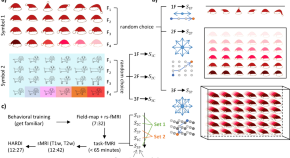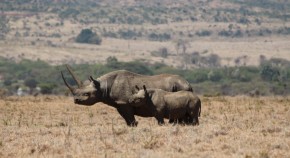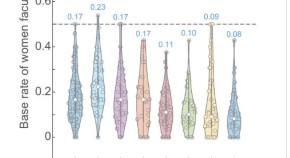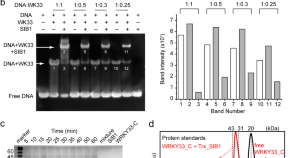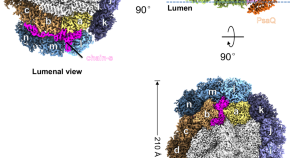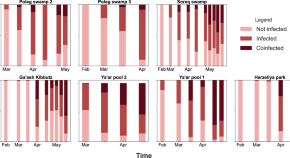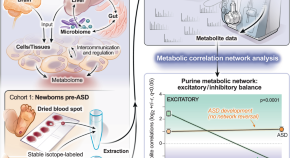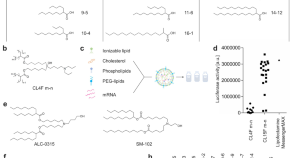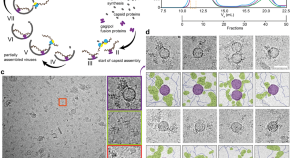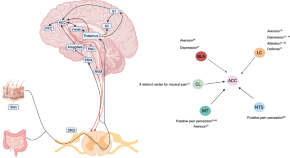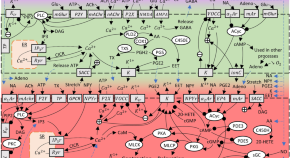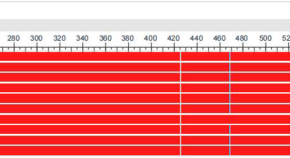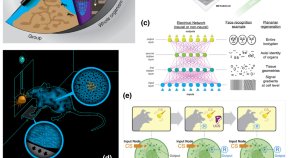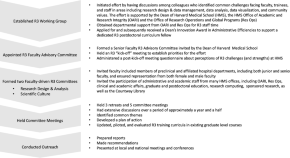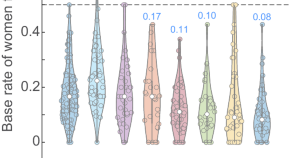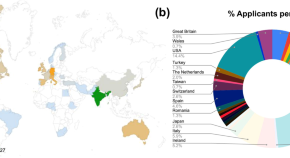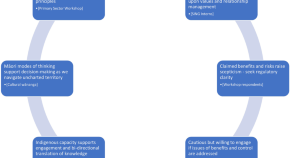Featured
Announcements
-
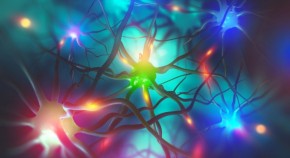
New Call for Papers
Open for submissions -
-
-
Advertisement
-
-

Between hope and reality: treatment of genetic diseases through nucleic acid-based drugs
Nucleic acids-based drugs aim to fix the genetic problem at its source and emerge as a promising new class of drugs. Recent advances in this field enabled their approval for the treatment of orphan genetic diseases for which no cure was available.
-
-
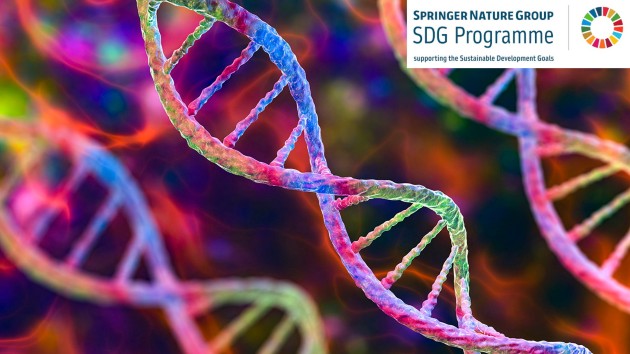
Biology of rare genetic disorders
This cross-journal Collection between Nature Communications, Communications Biology, npj Genomic Medicine and Scientific Reports brings together research articles that provide new insights into the biology of rare genetic disorders, also known as Mendelian or monogenic disorders.
Trending - Altmetric
-
Highly pathogenic avian influenza A(H5N1) virus in a common bottlenose dolphin (Tursiops truncatus) in Florida
-
Multimodal communication and audience directedness in the greeting behaviour of semi-captive African savannah elephants
-
Metabolic network analysis of pre-ASD newborns and 5-year-old children with autism spectrum disorder
-
Decreased progenitor TCF1 + T-cells correlate with COVID-19 disease severity


